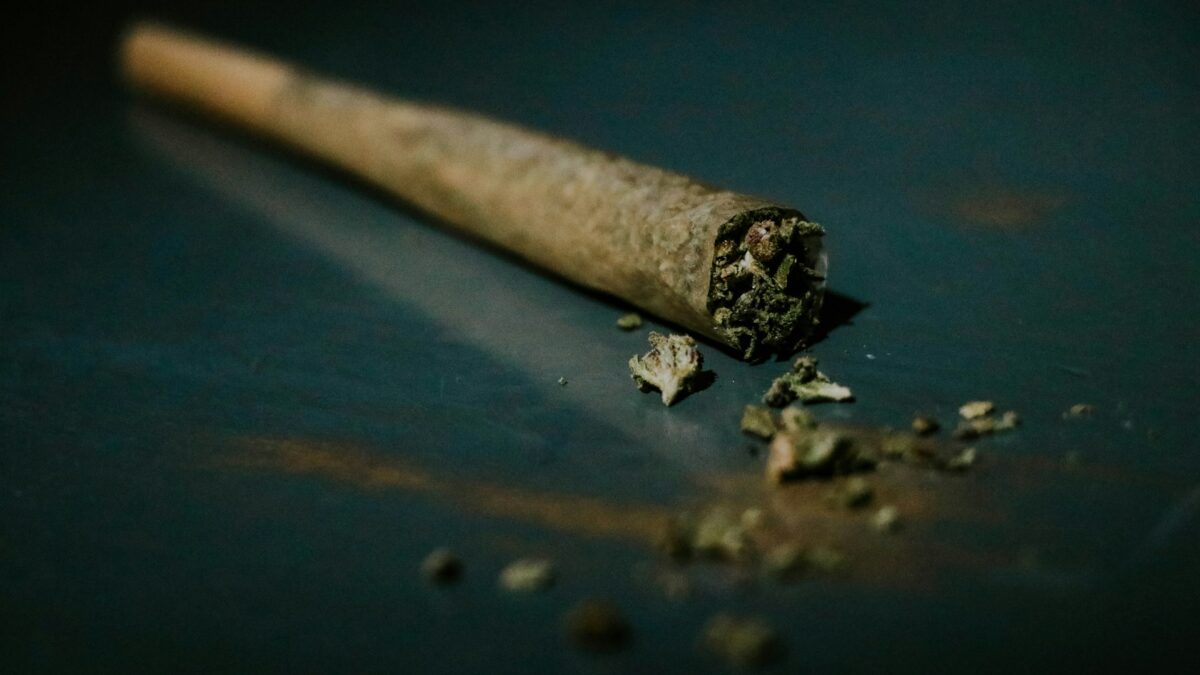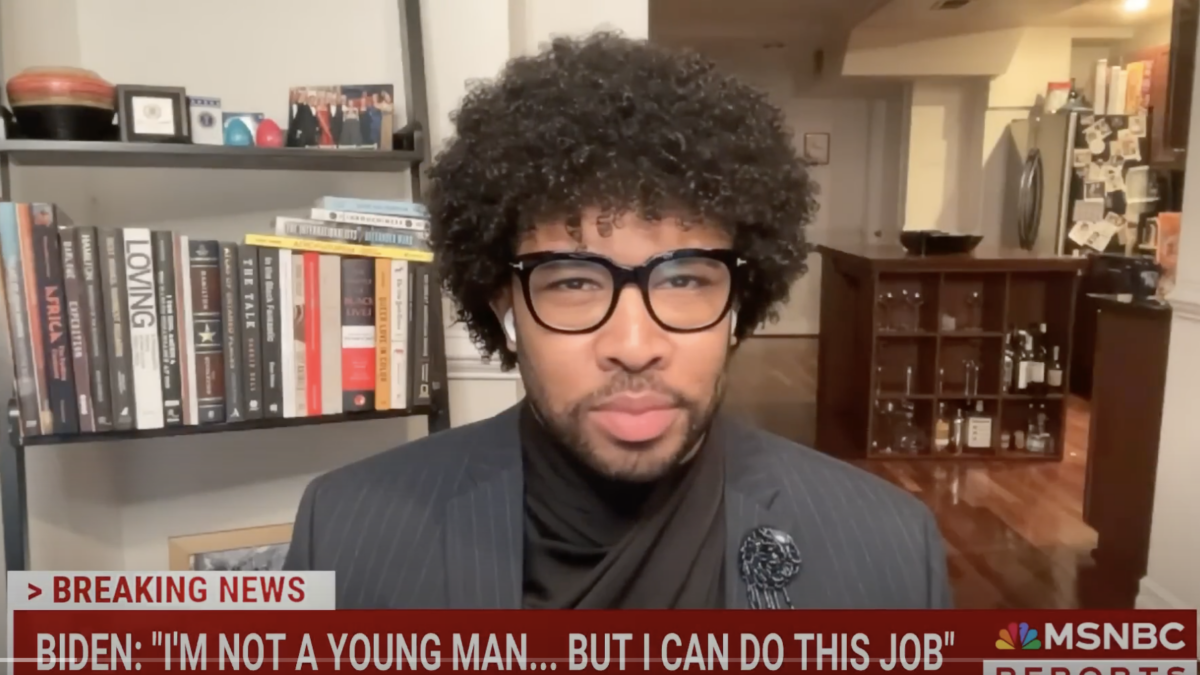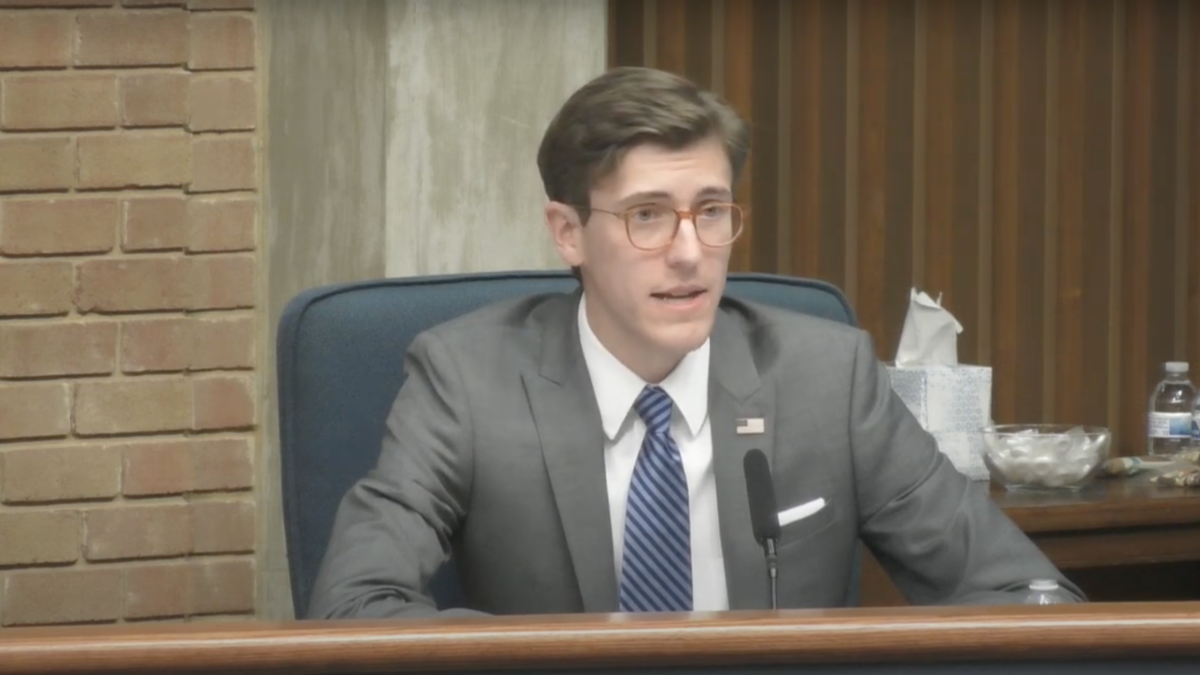The recent trend toward greenlighting the use of marijuana is mystifying on myriad levels. Why ban cigarette smoke in restaurants but let outdoor dining be spoiled by marijuana smoke? Why accept a ubiquitous public stench that rivals the effects of building a sewage treatment plant or a pulp mill in the middle of a city? Yet perhaps the single most mystifying aspect of the recent acceptance of marijuana use has been the clash between such acceptance and longstanding concerns about impaired driving.
Simply put, increased marijuana use has led to significantly more Americans being killed on our nation’s roads — as people are not only driving while stoned but driving while stoned and drunk. As we approach the week of July 4, when deaths from impaired driving tend to peak, Americans might want to ask themselves whether this is a price worth paying and what they’re getting in return.
A recent study published in the American Journal of Public Health — and conducted by scholars at Boston Medical Center, Boston University, and the University of Victoria — found that the percentage of car crash deaths in America that involved marijuana has skyrocketed since 2000. The percentage of car crash deaths involving cannabis alone rose from 4.2 percent in 2000 to 11.2 percent in 2018. Over that same span, the percentage of car crash deaths involving cannabis and alcohol together rose from 4.8 to 10.3 percent. So the total percentage of car crash deaths involving cannabis, either with or without alcohol, rose from 9.0 percent in 2000 to 21.5 percent in 2018 — to more than a fifth of all car crash deaths in America.
Monitoring the Future, a survey funded by the National Institute on Drug Abuse at the National Institutes of Health, finds that the percentage of those ages 19 to 30 who use marijuana on a daily basis rose from 3.8 percent in 2000 to 7.8 percent in 2018 — more than doubling. That closely tracks the rise in car crash deaths involving marijuana over that period.
Those numbers, however, are only through 2018. From 2019 to 2022, deaths from drunk-driver car crashes rose a whopping 33 percent — from 10,142 in 2019 to 13,524 in 2022 (the most recent statistics available), according to the National Highway Traffic Safety Administration. Deaths from stoned driver car crashes likely increased even more, given that, unlike alcohol use (which hasn’t changed much), pot use has risen greatly over the past few years.
From 2018 to 2022, the percentage of Americans who use marijuana daily rose from 7.8 percent to 11.3 percent, a 45 percent spike, among 19-to-30-year-olds and from 4.3 to 6.5 percent, a 51 percent spike, among 35-to-50-year-olds. If the portion of car crash deaths involving cannabis also rose by between 45 and 51 percent — a reasonable estimate — that would mean that the portion of car crash deaths involving cannabis rose from 21.5 percent in 2018 to somewhere between 31.1 and 32.5 percent in 2022, approaching one-third of all car crash deaths in the U.S.
Boston University’s School of Public Health writes that “little attention has been given to the connection between alcohol and cannabis use.” It notes that the study in which it was involved suggests “that cannabis and alcohol are increasingly being used together when it comes to impaired driving, and that cannabis increases the likelihood of alcohol use in crash deaths.” It adds that “as states have loosened cannabis policies, cannabis and alcohol have increasingly been used together when driving.” In other words, the 33 percent increase in drunk-driving deaths from 2019 to 2022 may have a lot to do with increased pot use.
Those who have pushed for marijuana legalization have often suggested that alcohol abuse will fall if marijuana is legalized; they don’t argue that we’ll simply get more pot abuse on top of existing alcohol abuse. Yet while daily marijuana use increased roughly three-fold among 19-to-30-year-olds from 2000 to 2022 (from 3.8 to 11.3 percent), daily alcohol use more or less flatlined (it was 4.4 percent in 2000 and 4.6 percent in 2022). So rather than substituting one substance for another, millions of Americans have now added daily weed to daily booze, yielding deadly results on our nation’s roads.
Further evidence of there being more stoned drivers on the roads is provided by the Department of Health and Human Services’ Youth Risk Behavior Surveillance System surveys of high school students. These surveys find that 53 percent of drivers who’d smoked pot in the past month said they’d driven while under the influence of marijuana, compared to 16 percent of drivers who’d had a drink in the past month and said they’d driven under the influence of alcohol. So about one-sixth of high school drinkers drove under the influence while most pot smokers did.
In addition, former Director of the Office of National Drug Control Policy John Walters and former Attorney General Bill Barr write that “today’s marijuana packs seven to 30 times the punch of Woodstock-era weed.” Suffice it to say, this isn’t your grandparents’ grass.
Compounding the problem, there’s no easily administered test that the authorities can use to catch and punish stoned drivers. Doug Binnewies, who recently retired as the sheriff of Mariposa County (which encompasses most of Yosemite National Park), tells me that when it comes to catching and prosecuting drunk drivers, the “ability to present the level of alcohol in the blood makes it very cut and dried.” In contrast, he says, “This is lacking for weed,” which makes it “much more difficult to prosecute.” In addition to the obstacles faced by cops in this regard, Binnewies adds that, in his experience, “few prosecutors are comfortable handling” cases involving stoned drivers because of the challenges in securing a conviction.
In short, we have a large and growing problem of Americans driving while stoned — and often while stoned and drunk. This problem will only get worse if the Biden administration goes forward with its legally and constitutionally dubious plan to overrule Congress and reschedule marijuana as a Schedule III substance, a designation limited to drugs without “a high potential for abuse” and with “a currently accepted medical use.” Neither of these descriptions applies to marijuana, as the Obama-era Drug Enforcement Agency (DEA) and Department of Health and Human Services (HHS) determined in 2016 after a detailed review.
The Obama-era DEA observed that “after a scientific and medical evaluation … HHS concluded that marijuana has a high potential for abuse, has no accepted medical use in the United States, and lacks an acceptable level of safety for use even under medical supervision.” It further noted that “marijuana cannot be placed in a schedule less restrictive than schedule II” without violating U.S. treaty obligations.
Despite such conclusions, drawn by the most recent Democrat administration during its final year in office — the Biden administration is determined to change marijuana’s designation to Schedule III. This would grant Big Marijuana easier access to banking services, allow it to write off business expenses (including for advertising) to the tune of nearly $2 billion a year, and constitute, in the words of the Congressional Research Service, “a major shift in the federal government’s policy on marijuana.”
Pot use saps the motivation and vigor of a great many citizens who already struggle to succeed in school, hold down a job, and make their way in society. It pollutes the nation’s air and thereby degrades the environment. Worst of all, it leads to the deaths of many innocent Americans who encounter stoned drivers on the road.
Marijuana “legalization” (the psychoactive drug is still illegal under federal law) is yet another failed leftist/libertarian experiment, much like open borders and open jails. One wonders how long “elites,” and significant portions of the general public, will continue to prioritize the desire of a minority of Americans to live in a mindless haze over the safety of the wider citizenry and their own loved ones on our nation’s roads.





